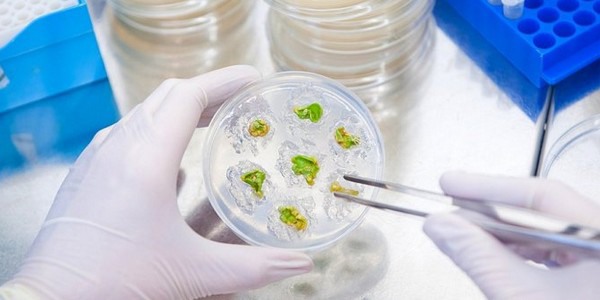To accelerate resistant variety development in plant breeding programs, precise, non-destructive, and quantitative methods to evaluate plant disease resistance or susceptibility are crucial.
These methods will also improve the monitoring of disease onset and will support a timely decision of disease management in general. In the era of genomics, genotyping plants is no longer the issue, but plant phenotyping, especially of diseased plants, is critically lagging behind. In this project, six breeding companies and NAKtuinbouw team up with Wageningen Research to accelerate phenotyping research using the new research facility NPEC. Current methods for the development of disease and subsequent detection and evaluation of disease symptoms rely mostly on visual estimation by trained experts. This is time-consuming and subjective, making it expensive and difficult to quantify or compare between experts and evaluations.

In addition, many important aspects of the infection process and disease development cannot be observed with the naked eye, and the latency period before disease symptoms are expressed can be very long. Sensor-based methods for the detection and evaluation of plant diseases have been developed and their application to quantify disease and to detect non-symptomatic stages of the infection has been demonstrated, but mostly on a small scale. Particularly, chlorophyll-fluorescence-based methods and multi/hyperspectral imaging provide a fast and non-destructive way of scanning plants for diseased areas.
In this project, the researchers will select cases for experiments in growth chambers, greenhouses, and open fields, with the aim to increase the throughput of data acquisition, further develop quantification and pattern recognition using artificial intelligence. This will bridge the gap between genotypic and phenotypic data with respect to disease resistance and susceptibility at different plant development stages and under abiotic stress conditions.
 For more information:
For more information:
Wageningen University & Research
www.wur.nl
